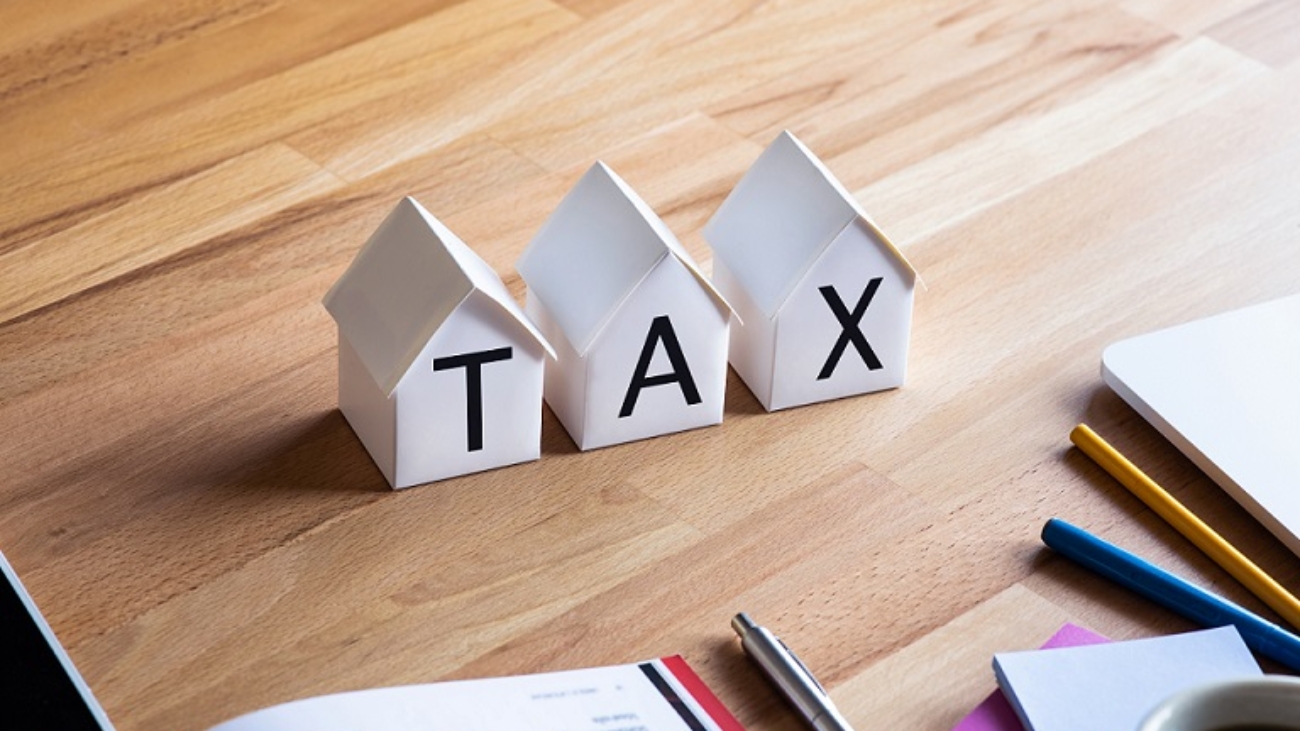
There are two schools of thought when it comes to enhancing your lifestyle and increasing property values.
Making the most of raw material (i.e. your place of residence or investment property), where location and median house prices are desirable, suggests the need for a complete overhaul or partial home improvement.
However, if your property is irreparable or the ongoing renovation bill is beyond your means, interest and energy, it might be time to make amends. This entails either starting afresh with a new build or moving further afield.
Asking yourself a few crucial home truths and answering them honestly and impartially will determine if you should stay, redo or go.
If you’re planning to stay
You should first consider the cost and time factors involved in a comprehensive renovation of your existing property. A custom-built kit home looks good on paper, but there are reasons for their affordability and financial incentives, including negligible room to move on design amendments.
Of course, signing up for a project-built property often takes into account any unexpected legalities and extra expenses. The build quality depends on the experience and reputation of the home builder, so research media sources carefully and ask for referees or testimonials.
Employing the services of a registered architect ensures an expertly designed, and original, end result. This obviously appeals from a lifestyle and property values perspective. However, how much is too much to pay when considering the type and style of residence for the current location, as well as your long-term goals?
When balancing these factors against median price trends in your region, you might be advised to rebuild or renovate with a master builder who allows for floorplan amendments or additions — while also providing an affordable price point.
The detonation equation
Before you set your sights on obliteration, bear in mind that custom builds can cost up to 90 per cent more per square metre than volume builds. If budgets are tight, minimising space in favour of a unique, high-quality build should be your goal.
Timeline is another crucial factor. Consider that construction projects invariably involve delays, either major or minor. While these are often contractually accounted for, it’s important to have an alternate plan in the event that moving-in expectations are extended.
Complete rebuilds and even minor renovations can be stressful, costly, time-consuming and messy. But if you’re prepared to manage the emotional wear and tear and have peace of mind of employing a quality builder/architect, the finished product can be worth the ongoing trials and upheavals.
Set on your next property adventure
If the financial outlay and lifestyle stress of rebuilding or renovating seem overwhelming, your next property acquisition may well await.
This also poses various questions about whether a fresh change of neighbourhood or region is on the agenda. Balance this proposition against surging property prices and your long-term plans. Can you afford to buy in the same area or are you willing to compromise on cost versus property type by purchasing further away? What is your major lifestyle aim (i.e. downsizing opportunities, occupy now/rent later or younger families who require a larger home)? The answer will predetermine your next property of choice.
Real estate experts suggest there’s always a different type of residence and location to suit every stage of your owner-occupier or investment goals. Securing suitable options at the right price are key considerations for most home buyers. Consult your local agents to receive qualified advice about taking the next step in your successful property journey.



















